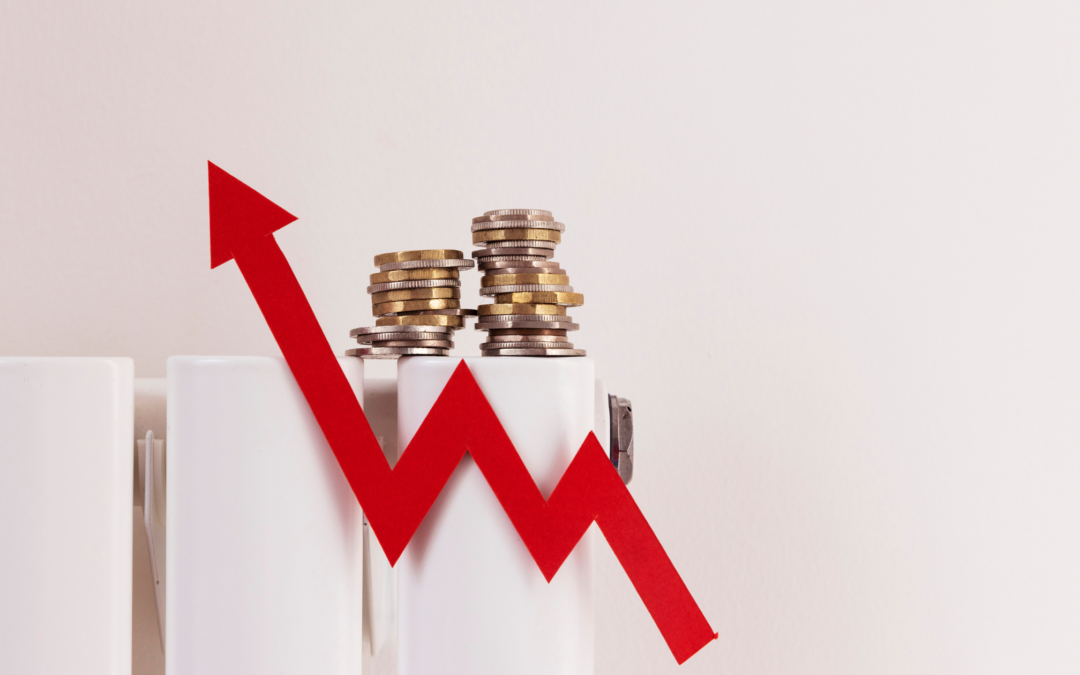According to Meetingsnet.com, most key meeting expenses are up well over 20 percent even as inflation across the economy has fallen. One of the biggest areas of a conference budget is the food and beverage – costs are up 25% and wages for hospitality staff are up 20%.
If these costs continue to rise, associations will take a big hit to their bottom line and to counter that, registration fees may increase. The result will not only be lost revenue due to attendees seeking out other low-cost alternatives to in-person meetings but also lost opportunities for the association to solicit and keep its members.
One major expense that members may not be aware of is coffee.
Coffee – A Hot Commodity
In 1824, Thomas Jefferson deemed coffee “the favorite beverage of the civilized world.” Today, almost 200 years later, bets are the coffee industry would still agree.
Coffee is the beverage of choice all day long. According to the September edition of Atlas of American Coffee, more Americans drink coffee each day (63%) than any other beverage, including water. The National Coffee Association estimates Americans drink 491 million cups of coffee every day, while the investing app, Acorns, reports that Americans spend about $1,100 a year on coffee.
Now let’s take our coffee cup into the conference room. It acts as a hand warmer in a chilly space. It motivates us to stand, stretch and make our way for a refill. It connects us socially and gives us a reason to gather and network around the urn.
Some say coffee is the answer to all problems. Meeting planners may disagree. Why do these professional organizers feel sick when they see half-empty coffee cups strewn around the conference venue? Why do they gasp at the sight of an attendee filling their Yeti to the brim with the warm beverage? The reason…conference coffee is expensive! It can cost anywhere from $60 to $125 per gallon.
Cutting Costs
Let’s look at the numbers using an example from Association Leadership. Meeting planner Linda orders one gallon of coffee (16-8oz cups) at the conference venue. Using an average cost, she will pay $90 plus a conservative 20% service fee and approximately 6% sales tax on top. One cup of conference coffee will cost $7.27.
Steve, Linda’s colleague, and a penny pincher, knows he can find less expensive coffee. To test his theory, he heads to a brand-name coffee shop and orders 16-8oz cups. By comparison, he will pay $2.55 per cup plus the approximate 6% sales tax. One cup of store-bought coffee will cost $2.70.
Are there ways to get creative to cut down on food and beverage costs for meetings? Of course. Examples include cutting pastries in half, using non-disposable smaller cups and restricting the hours coffee is served to limit consumption and waste.
Some other suggestions include saving the dessert for the afternoon break, adding a concession in the contract stating the venue will create custom menus based on the association’s food and beverage budget, and offering a coffee sponsor opportunity to sponsors/exhibitors. The sponsor/exhibitor will underwrite the coffee expense and the association will locate the coffee station next to the sponsor’s exhibit booth.
While high meeting costs are straining budgets, Meetingsnet.com is not seeing changes to those budgets – but seeing clients live within them. So, if the coffee runs out or the quantities seem limited at the meeting, you now have a new perspective and can more easily understand why meeting planners are just trying to keep costs down for the good of the association and its members.
